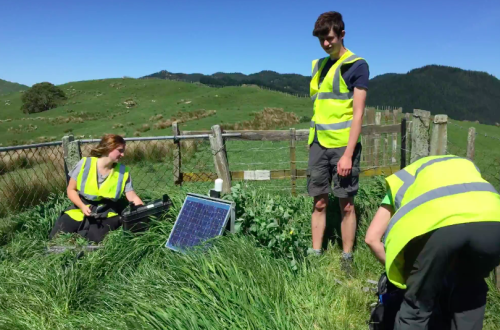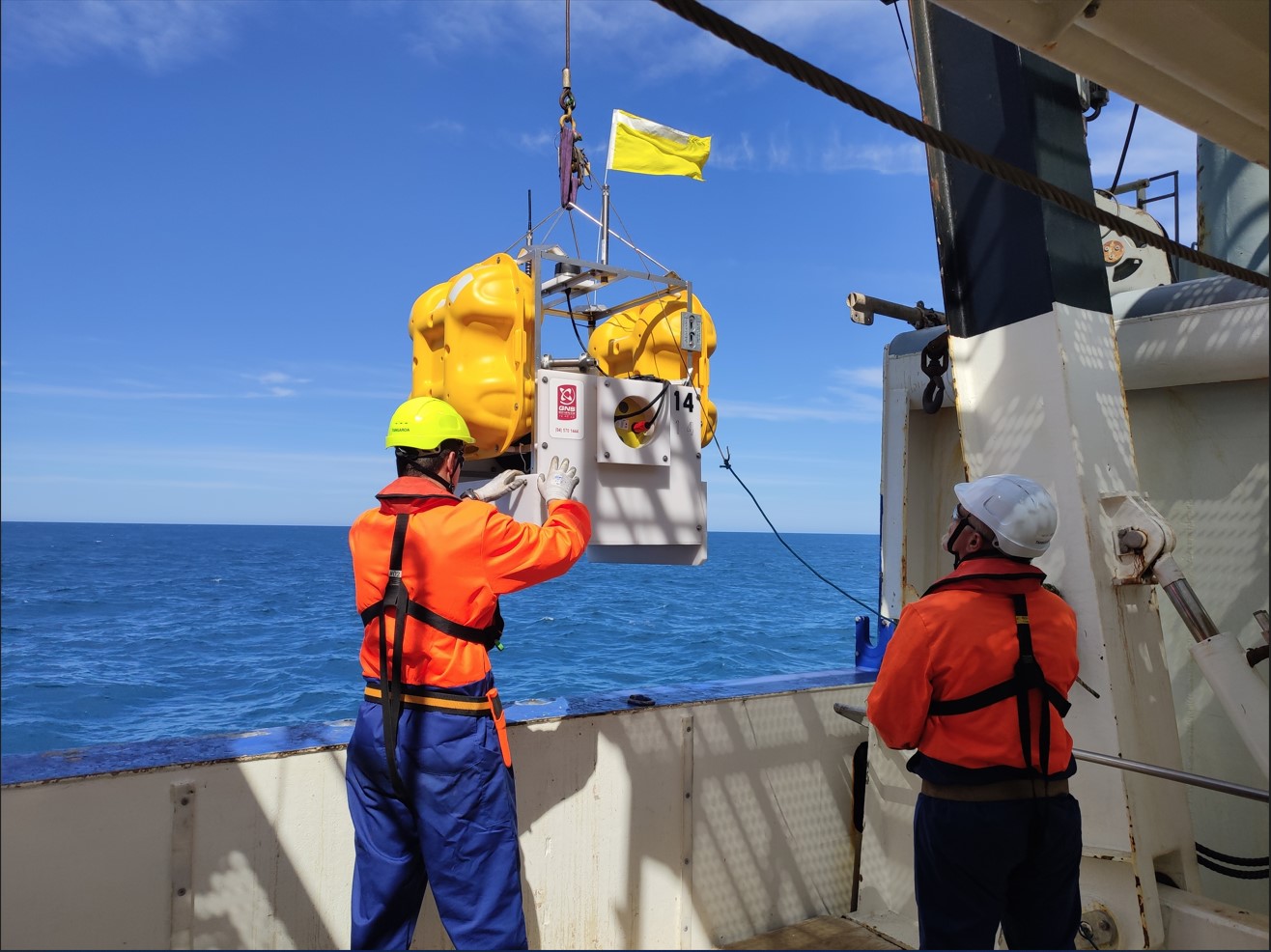
Understanding the mysteries of the earth

For the past couple of weeks, teams of earthquake scientists have been visiting remote sites in the region around Gisborne to collect data that may eventually help New Zealand understand and prepare for large earthquakes and the tsunami they generate.
The teams from GNS Science (New Zealand), Imperial College London, the University of Southampton and Cardiff University (United Kingdom) have recently finished the data collection stage of a large research project aimed at determining what drives earthquakes and why some of them can trigger large tsunami.
The region is of particular interest to researchers because it was the location of two tsunami earthquakes in March and May of 1947. These earthquakes both produced tsunamis that were larger than five metres at some locations along the Gisborne coast.
Historical accounts from those that experienced the March 1947 earthquake tsunami report feeling different levels of shaking depending on where they were along the coast.
Don Tunnicliffe who was there at the time recalls the natural warnings signs of the earthquake and unusual noises from the sea. He says “it sounded like a powerful motorbike”.
Dr Bill Fry of GNS Science says “One outstanding question is whether these tsunami earthquakes were a one-off event that we are unlikely to experience in the future, or whether something special about the structure of the earth just offshore of Gisborne makes earthquakes that occur here more likely to trigger tsunami.”
Researchers deployed about 50 seismometers scattered in the countryside west of Gisborne to answer this question. The seismometers have been recording signals from small earthquakes in the region since December 2017.
“We plan on using the recording of these small earthquakes as representations of larger earthquakes to model the way that stresses that trigger earthquakes are passed from fault to fault.” Says Dr Rebecca Bell from Imperial College in the United Kingdom.
The tsunami earthquakes that occurred in 1947 are unusual in that they lasted over three minutes but generated only minor ground shaking for their size yet produced a large tsunami. This is different to most other earthquakes in other parts of New Zealand that cause relatively more intense ground shaking.
Scientists are interested in trying to understand the character of the individual earthquakes to explain the behaviors of these earthquake events.
This research is part of a project funded by the Natural Environment Research Council in the United Kingdom and GNS Science, New Zealand and contributes to an even larger collaboration including researchers and research investment from the United States of America and Japan
Back to SHIRE: Seismogenesis Hikurangi Integrated Research Experiment
Disclaimers and Copyright
While every endeavour has been taken by the East Coast Lab Hikurangi Subduction Zone M9 to ensure that the information on this website is
accurate and up to date, East Coast Lab Hikurangi Subduction Zone M9 shall not be liable for any loss suffered through the use, directly or indirectly, of information on this website. Information contained has been assembled in good faith.
Some of the information available in this site is from the New Zealand Public domain and supplied by relevant
government agencies. East Coast Lab Hikurangi Subduction Zone M9 cannot accept any liability for its accuracy or content.
Portions of the information and material on this site, including data, pages, documents, online
graphics and images are protected by copyright, unless specifically notified to the contrary. Externally sourced
information or material is copyright to the respective provider.
© East Coast Lab Hikurangi Subduction Zone M9 - www.eastcoastlab.org.nz / +64 6 835 9200 / info@eastcoastlab.org.nz
